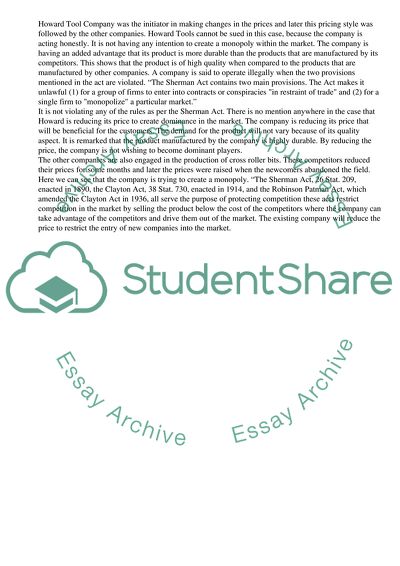Cite this document
(The US Antitrust Law and Sherman Act Case Study, n.d.)
The US Antitrust Law and Sherman Act Case Study. Retrieved from https://studentshare.org/business/1731740-usa-antitrust-law-and-economics
The US Antitrust Law and Sherman Act Case Study. Retrieved from https://studentshare.org/business/1731740-usa-antitrust-law-and-economics
(The US Antitrust Law and Sherman Act Case Study)
The US Antitrust Law and Sherman Act Case Study. https://studentshare.org/business/1731740-usa-antitrust-law-and-economics.
The US Antitrust Law and Sherman Act Case Study. https://studentshare.org/business/1731740-usa-antitrust-law-and-economics.
“The US Antitrust Law and Sherman Act Case Study”, n.d. https://studentshare.org/business/1731740-usa-antitrust-law-and-economics.


